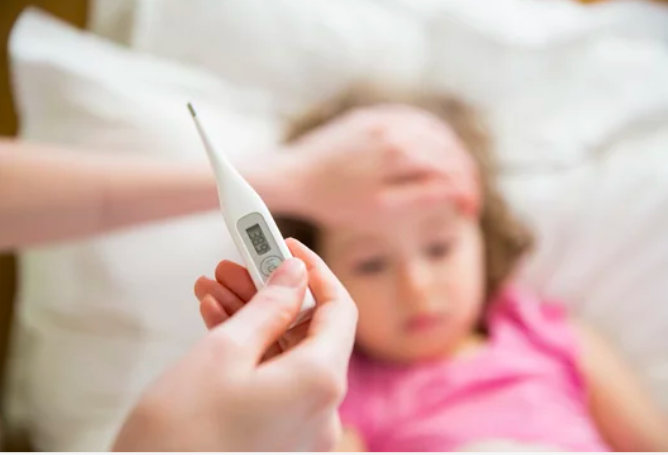|
There is no defined health detriment to home-schooled children: https://news.rice.edu/.../home-schoolers-see-no-added.../. Researchers have been trying to unpack this mystery for decades. Even in mental health and social development, there appears zero significant advantage for kids in typical daycare and standard schooling environments: https://www.nheri.org/home-school-researcher-the-social.../. Other findings are more jarring, showing that homeschooled children may, in fact, be healthiER (https://onlinelibrary.wiley.com/doi/full/10.1002/oby.20610 ), and more academically advanced and emotionally more stable (https://www.tandfonline.com/.../10.../15582159.2017.1395638).
We may have all let a single facet of an old wive’s tale misguide our understandings. Just because a little of one thing can be beneficial does not mean that a lot of it MUST be great for total wellness. Rightly, we all reason that childhood exposure to illnesses is part of immunity development. It is. Wrongly, we conclude that high frequency or any ol’ frequency of exposure is a good idea. That has no scientific support. Moreover, the exact opposite appears closer to the truth. As of 1980, a comprehensive national survey found that young children developed up to 8 colds per year, up to 3 stomach flus per year, and witnessed up to 30 illnesses among peers and family per year: ftp://ftp.cdc.gov/pub/Health_statistics/NCHS/Dataset_Documentation/NHIS/1980/MEDMAN80.pdf. That was 1980, before the daycare and preschool boom. From 1984 to 2004 parents in the US had to work more hours for less real wages than any prior period of the modern era: https://scholarworks.umb.edu/cgi/viewcontent.cgi.... This trend continues. Thus, averages went up at least some, placing frequency of childhood illness at roughly once every 4-5 weeks. Outliers on the low end will be closer to once per 6-8 weeks, which may end up seeming like “never.” Outliers on the high end will be closer to once per 2-3 weeks, which may end up seeming like “always.” Personally, our first 3 years with our firstborn was closer to every 4 weeks, which did seem like “always.” However, in the past 15 months of distancing, both of our children have experienced none at all. And though this dramatic shift in frequency might strike some people as a disadvantage to immune development, there is actually no supporting evidence anywhere in existence for that pseudoscientific hypothesis. In fact, it doesn’t even move them outside the 1980s survey averages at all. Of course, none of this tells us what “should” be, only what has been on average. Almost the entirety of human history was insular, tribal, even emphasizing that peoples should not commingle with outsiders and foreigners. But that too doesn’t really tell us what “should” be, only what most people decided was most beneficial for most of time. What we do know is that in comparative studies home-schooled children don’t have any health disadvantage, especially as we assess long-term adult outcomes. Their reduced-frequency exposure to infections shows no negative impact to adult health and wellness. If anything, they may have an advantage. Some exposure may be good. A lot isn’t better. Less may be more. And more may be none.
0 Comments
Your comment will be posted after it is approved.
Leave a Reply. |
Elev8 Wellness
|
LIVE. AWESOME.We offer the highest quality in personal fitness, nutrition, and mindset coaching, helping you achieve your fitness, health, wellness and performance goals no matter the obstacle. With virtual online training and private, in-studio training we make it easier to reach your wellness goals safely.
No more can't. No more not good enough. If you compete in a sport, let your mind no longer hold you back from being the greatest. If you don't, let your mind no longer hold you back from being the best version of you that you can be. Sign-up for a Tour Covid Screen Waiver Elev8 Waiver Become an Elev8 Instructor Space Rental |
6244 lyndale ave. s., minneapolis, mn 55423
|
© 2021 Elev8 Wellness LLC. All Rights Reserved. site map | contribute | SITE BY Sproute Creative


 RSS Feed
RSS Feed
